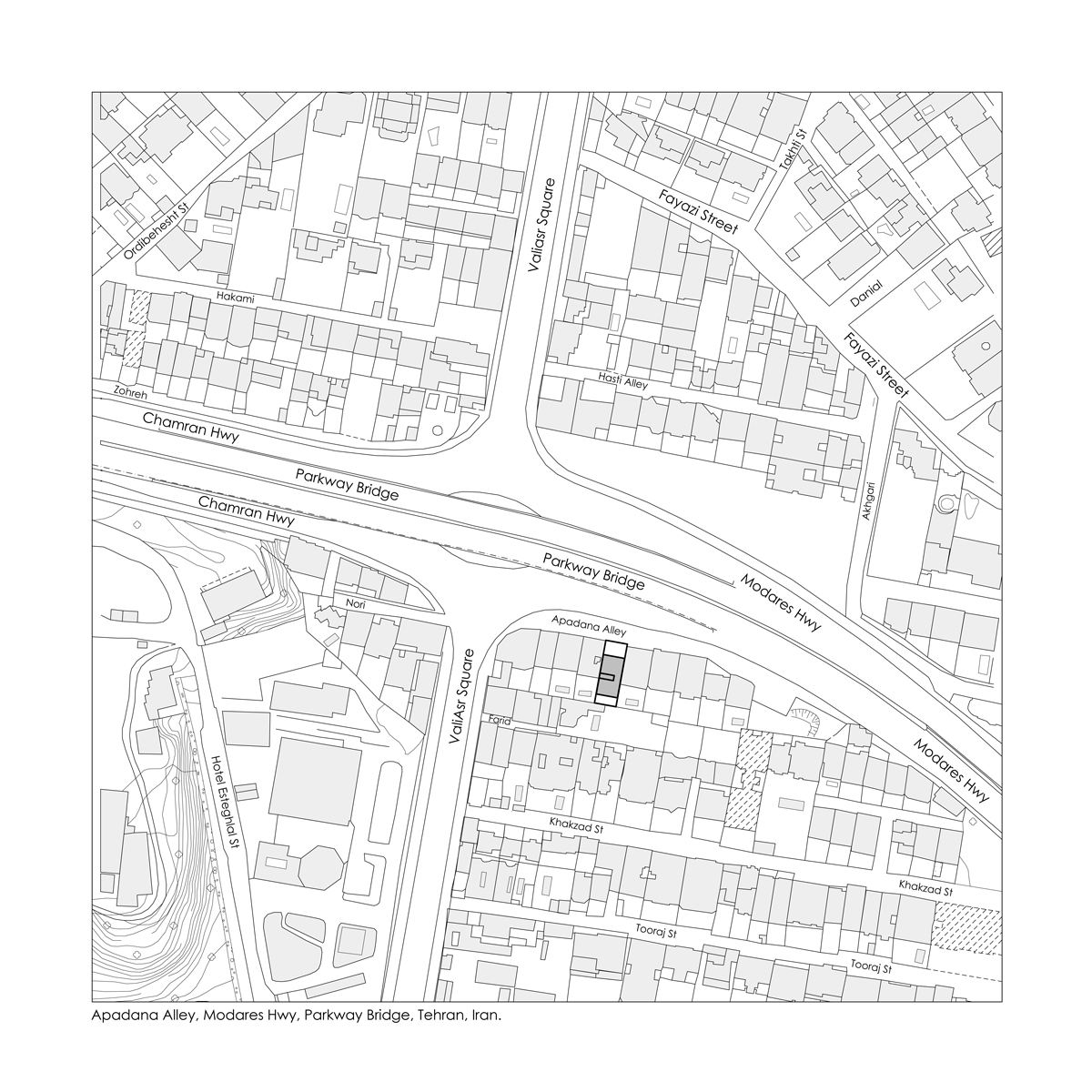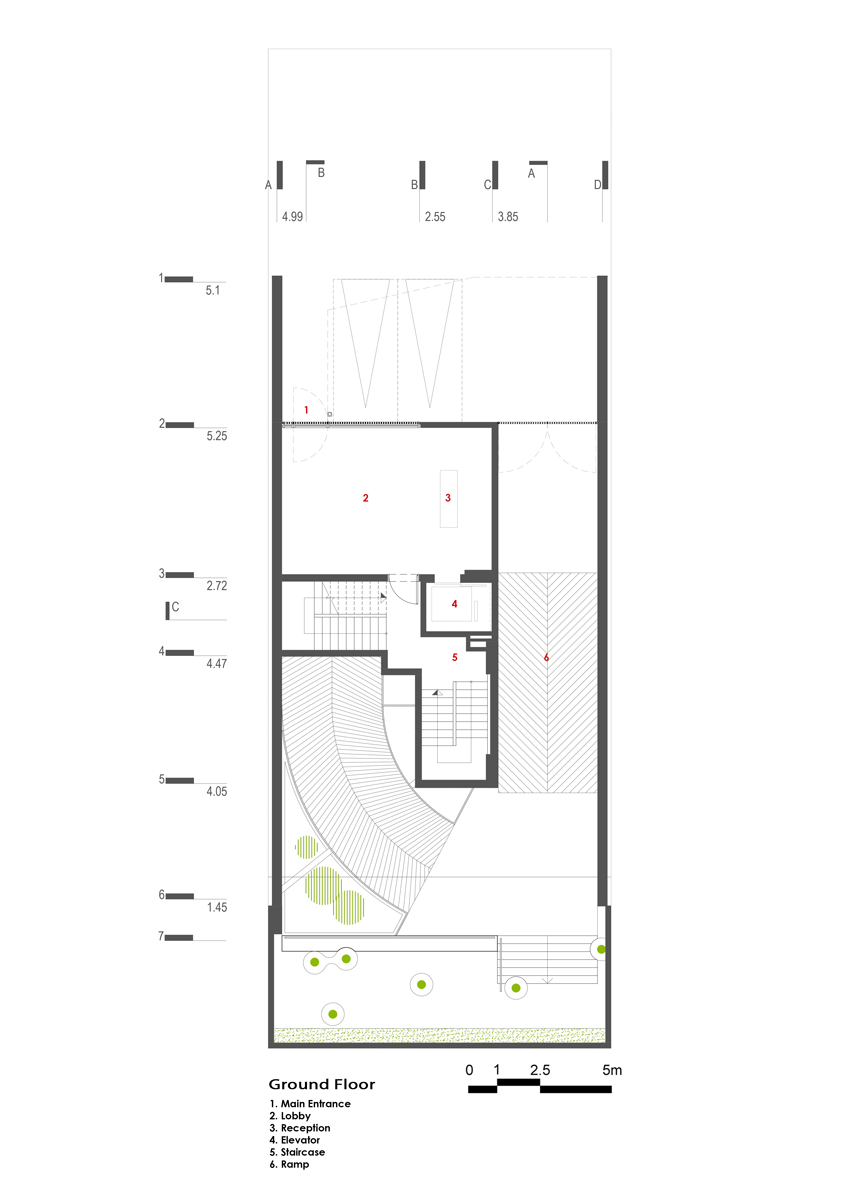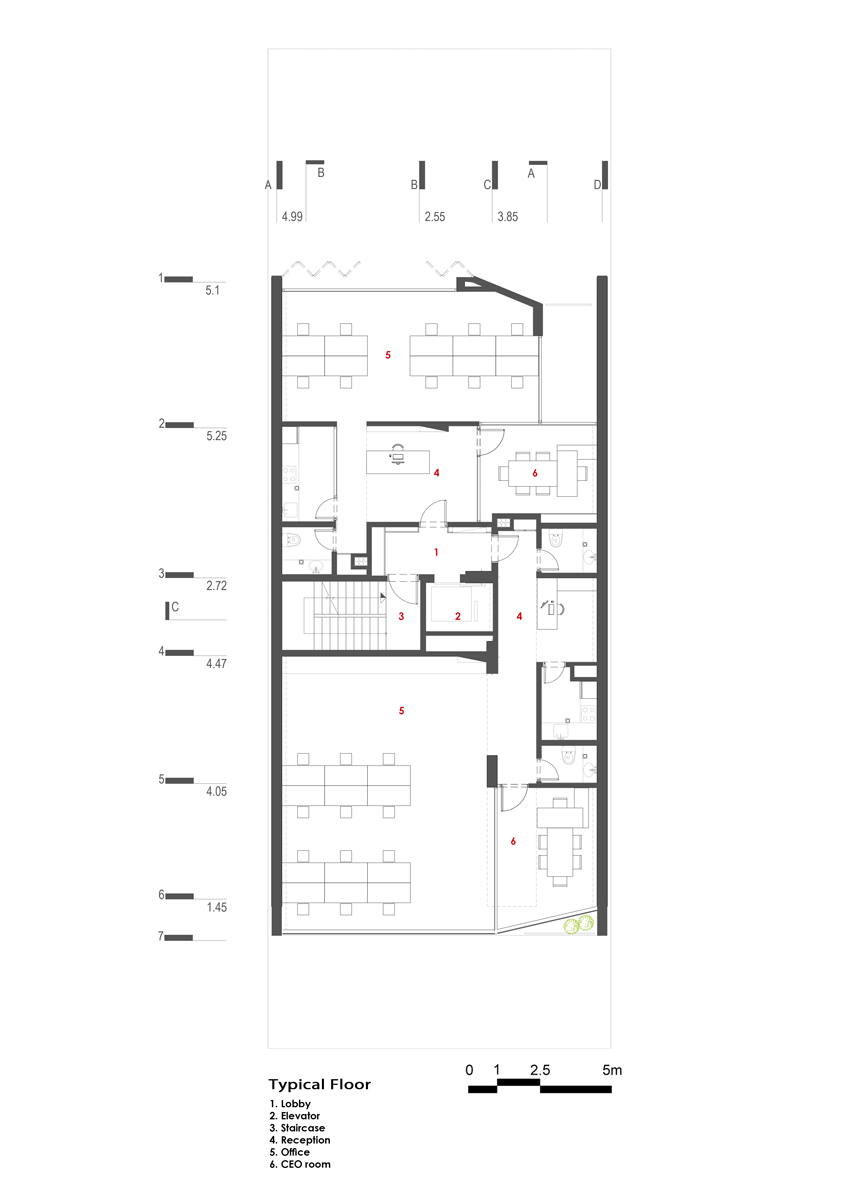PROJECT FACTS
TYPE: Office
LOCATION: Parkway bridge, Tehran, Iran
YEAR: 2017
CLIENT: Private Sector
SITE AREA: 420 sqm
PROJECT AREA: 2373 sqm
STATUS: Under Construction
CREDITS
Team: Shabnam Azmoodeh, Jouya Javanshad, Maliheh Gholizadeh, Mohsen Rezaie, Razieh Shoaie, Shiva Sabzevari
Ali Sheikhi ( Structural Consultant), Ali Ghanizadeh (Mechanical Consultant), Ali Piltan(Electrical Consultant)
.gif)



.jpg)
.jpg)
.jpg)
.jpg)
.jpg)
